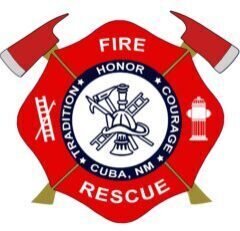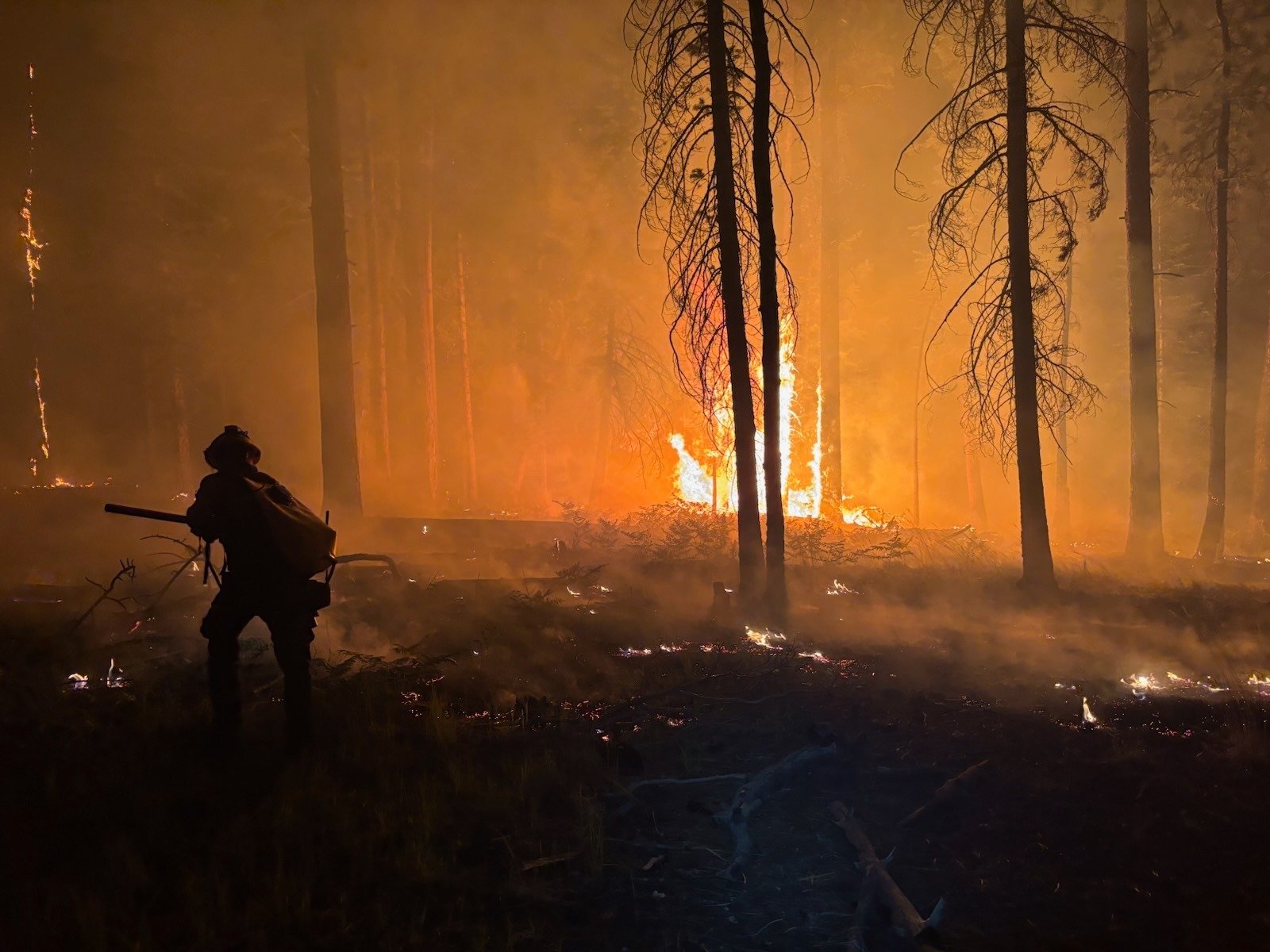In Northern New Mexico, wildfire season is not just a possibility—it’s an annual certainty. With long dry spells, intense winds, and rugged terrain, our region is one of the most fire-prone in the Southwest. For the Cuba Volunteer Fire Department (CVFD), wildfire season transforms daily operations into a constant state of readiness. Understanding how wildfires start, spread, and are fought is critical for everyone who lives in or visits our area. This in-depth article explores how CVFD prepares for the season, what dangers exist, and how residents can help reduce risks.
The Reality of Wildfires in New Mexico
Wildfires in New Mexico have devastated entire communities in recent years. Dry forests, drought conditions, and high winds create perfect conditions for fast-moving fires. Cuba and surrounding Sandoval County face unique challenges: vast coverage areas, limited hydrant access, and reliance on water tenders. In many cases, CVFD is the first line of defense, arriving quickly to stop small fires before they grow.
What Causes Wildfires?
While lightning strikes are a natural cause, the majority of wildfires in our region are human-caused. Common sources include:
– Unattended campfires
– Burning trash on windy days
– Sparks from vehicles dragging chains
– Cigarettes tossed from cars
These avoidable mistakes often result in major incidents, requiring hundreds of firefighter hours to control.
CVFD Preparation and Training
Every spring, CVFD inspects brush trucks, tenders, and portable water tanks to ensure they are ready. Volunteers participate in refresher training on wildland tactics, line construction, pump operation, and safety procedures. Many hold Red Card certifications, qualifying them for state and national deployment. Local training ensures that volunteers can handle both backyard brush fires and large-scale forest blazes.
Partnerships with State and Federal Agencies
Wildfires don’t recognize county lines. CVFD frequently partners with the U.S. Forest Service, Bureau of Indian Affairs, and neighboring fire departments in Sandoval and Rio Arriba Counties. Mutual aid agreements mean that when resources are stretched, we can rely on our partners—and they can rely on us. This collaboration greatly improves response times and effectiveness.
Creating Defensible Space
Homeowners play a crucial role in wildfire defense. Creating defensible space means clearing vegetation and combustible material within 30–100 feet of your home. Trimming trees, cleaning gutters, and using fire-resistant landscaping significantly increase a structure’s chance of survival. CVFD regularly educates residents on defensible space, emphasizing that the work done before a fire arrives is the work that saves homes.
Evacuation Readiness and Alerts
When evacuations are ordered, every minute matters. Families should prepare a go-bag with water, non-perishable food, medications, documents, clothing, and pet supplies. In rural New Mexico, evacuation routes may be limited, so knowing your options ahead of time is essential. Signing up for county alert systems and having a communication plan with family members ensures nobody is left behind.
The Role of the Community
CVFD depends on the community to remain vigilant. Reporting smoke early, respecting burn bans, and teaching children about fire safety all contribute to reducing wildfire risk. Wildfire response is not only about firefighters—it’s about the entire community working together to prevent disaster.
Conclusion
Wildfires will always be a part of life in Northern New Mexico, but with preparation, education, and teamwork, their impact can be reduced. CVFD’s dedicated volunteers stand ready to protect, but prevention begins at home. By creating defensible space, preparing for evacuation, and staying informed, residents can make a life-saving difference during wildfire season.

